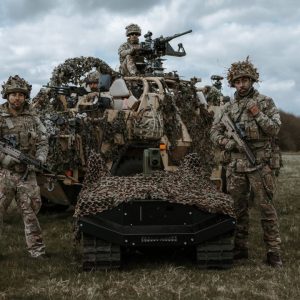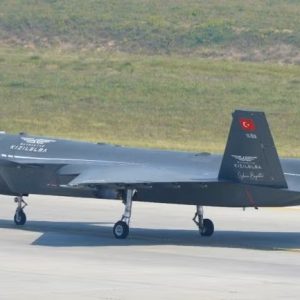NATO Air Drill Signals Allied Resolve

The NATO air drill now underway is built to raise interoperability, sharpen readiness, and strengthen deterrence. Rather than a show of flypasts, it is a practical test of how allied air forces connect, plan, and fight together. In plain terms, unity is measured in sorties, tankers, and shared data—and this exercise proves that match-up in real time.
Key Facts
Scope: Largest NATO air drill in recent years across multiple airspaces.
Objective: Improve interoperability, validate tactics, and speed decision cycles.
Symbolism: Clear signal of allied unity and credible deterrence.
Participants: Many member nations with fighters, ISR, and tankers under joint C2.
Why the Exercise Matters
Deterrence depends on capability, credibility, and communication. This NATO air drill advances all three. First, capability shows up in mass, tempo, and the mix of assets. Next, credibility grows when hard tasks—large-force employment, dynamic re-tasking, and SEAD—are rehearsed under pressure. Finally, communication flows through networks and, just as importantly, through the public signal that allies act together.
Moreover, the exercise moves beyond platform counts. It pushes toward a kill-web approach that links sensors, shooters, and decision-makers across domains. As a result, effects can be generated faster and with fewer gaps.
Interoperability, Simplified
Interoperability is the ability to plug in and fight as one team. During the NATO air drill, crews align tactics, techniques, and procedures for refueling, defensive counter-air, and strike packages. In addition, standardized data links, shared threat libraries, and common IFF rules let mixed-national formations operate with confidence. When issues surface—latency, crypto rollovers, or ROE mismatches—they are fixed in training, not in combat.
Command-and-control ties it all together. With centralized intent and decentralized execution, air component commanders can shift assets, de-conflict airspace, and protect high-value platforms. Crucially, the exercise also trains to ride through electronic attack and to keep working when parts of the network degrade.
Readiness Under Real Constraints
Readiness is more than flight hours. It includes aircraft availability, munitions, crew currency, and logistics. Consequently, the NATO air drill stresses dispersal to austere fields, fast tanker sequencing, cross-servicing, and shared ground support. Practicing contested logistics—from fuel moves to runway repair—turns theory into muscle memory.
The exercise also validates modern concepts such as agile combat employment, distributed basing, and integrated air and missile defence. Through live-fly vignettes, units practice rapid re-tasking, time-sensitive targeting, and coalition airspace control. In turn, these habits shorten the path from political will to credible options.
A Visible Deterrence Signal
Deterrence works when an adversary sees that aggression will fail or hurt. By assembling forces at speed and coordinating complex missions, the NATO air drill raises the cost of any challenge. At the same time, it reassures allies—especially on the eastern flank—that collective defence is practiced, not just promised.
Large exercises are strategic communications in motion. They cut allied decision time and increase an opponent’s uncertainty.
What Air Forces Take Away
Integrated C2 and data fusion. Victory begins with the network. Because common operating pictures and cross-domain cues reduce friction, mixed packages act faster and safer.
Resilient basing and sustainment. Dispersal, deception, and repair matter as much as sortie counts. Therefore, refuel–rearm–relocate cycles are practiced until routine.
Combined munitions effects. Aligning weaponeering across fleets reduces fratricide risk and improves target effects. Likewise, shared planning tools speed coordination.
Faster learning loops. Multinational debriefs expose doctrine gaps and spread best practice in EW, emissions control, and counter-UAS tactics. Consequently, convergence accelerates.
Policy Signals Beyond the Sortie Count
Leaders should treat the NATO air drill as a lever for industrial and doctrinal alignment. Exercises at this scale reveal where standardization, pooled sustainment, and common software baselines will pay off. They also highlight critical shortfalls in tankers, ISR, and integrated air and missile defence—areas where marginal investments produce outsized gains.
Finally, blending live-fly with high-fidelity simulation multiplies output without overloading airspace or budgets. In practice, that mix allows rare but vital scenarios—mass missile raids, GPS-denied operations, and EW/cyber effects—to be rehearsed safely and often.
Conclusion
This NATO air drill is a training event and a strategy message in one. It sharpens interoperability and readiness while signaling unity. Ultimately, practicing together keeps deterrence credible and preserves stability across the transatlantic area.
Related: The Future of Swarm Technology in Defence
Further Reading
- NATO: Germany hosts major allied air exercise
- SHAPE: Air Defender 23 overview
- EUROCONTROL: Air Defender in numbers
- USAFE: ANG aircraft arrive for Air Defender 23











